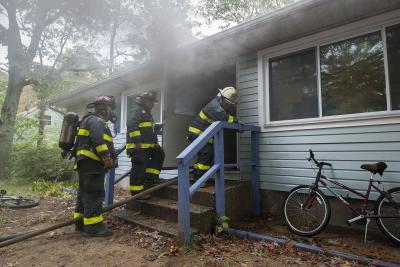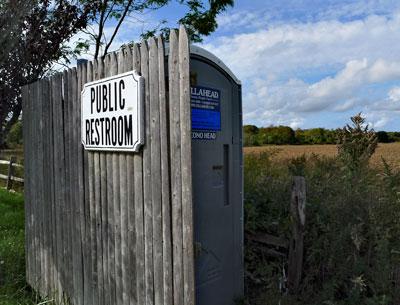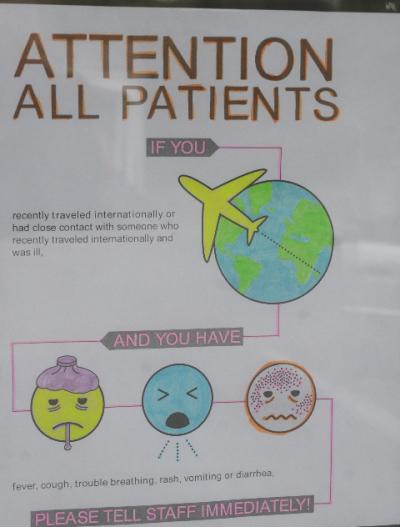Three Injured in Rollover Rte. 27 Crash
Three Injured in Rollover Rte. 27 Crash
Update, Oct. 30: Three of the four occupants of a Ford compact car were taken to Southampton Hospital Monday afternoon after a collision at about 2:37 p.m. at the intersection of Montauk Highway and Sagg Main Street that caused the Ford to roll over.
Driving a Chevrolet van for a pool supply company, Matthew Dunlop, 24, was headed north on Sagg Main Street when he ran a red light at the intersection, according Andrew Ficurilli, a Southampton Town Police Department sergeant. Sergio Garcia, 37, of Southampton, driving the Ford, was headed west on Montauk Highway.
Mr. Garcia was taken to Southampton Hospital, along with two of his passengers, a woman and a child, whose names were not released. A fourth passenger and Mr. Dunlop were not in need of medical assistance, and none of the injuries appeared life threatening, the sergeant said yesterday.
Mr. Dunlop was issued a summons for running the red light. Police were on the scene for about two hours.
Original, Oct. 27: The four occupants of a Ford compact car were taken to Southampton Hospital Monday afternoon after an accident that resulted in the vehicle rolling over at the intersection of Montauk Highway and Sagg Main Street. The driver of a second vehicle involved, a pool supply truck, declined medical attention.
Though the two men, one woman, and child inside the car were all taken to the hospital, Bridgehampton Fire Department Chief Gary Horsburgh said that none of the injuries appeared to be life threatening.
Correction: Three people were transported to Southampton Hospital, not four as originally reported.






